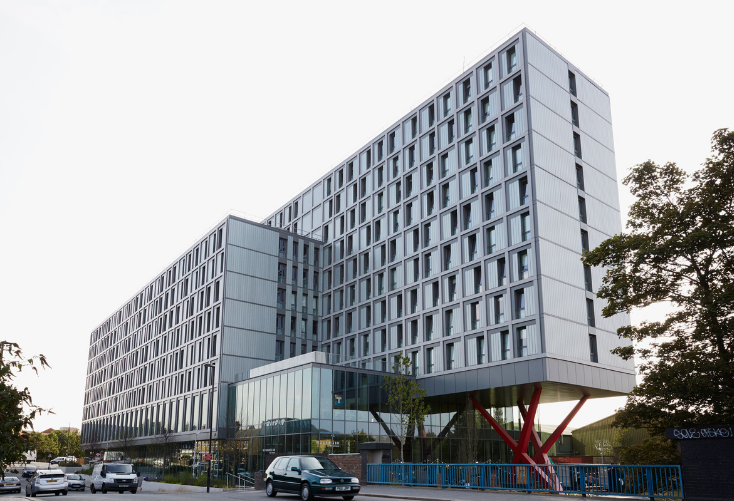Although many real estate experts anticipated that coliving communities would struggle throughout the pandemic, the industry has actually stayed relatively strong-willed.
Los Angeles coliving space Treehouse had only started leasing in December and were just getting into the swing of creating a unique community when COVID-19 hit. Sunday dinners were moved to Zoom, tenants moved out and people tried their best to maintain distancing measurements.
However, surprisingly, Treehouse saw applications skyrocket after Los Angeles went into lockdown. Now, the majority of Treehouse’s current residents had signed their leases in the midst of the pandemic.
Coliving spaces had been in high demand for years prior to the pandemic. There are currently 2,900 coliving beds in the US and that number is expected to triple over the next 18 months.
These housing arrangements were created to accommodate those who wanted a lower cost of living in expensive cities, while providing a sense of community for new transplants.
Coliving residents have access to communal living rooms and kitchens, as well as other perks such as housekeeping and fully furnished units.
Although these companies have had to adjust to the new normal, with some residents simply outgrowing the want for roommates, many coliving firms are ready to expand their services. For instance, Treehouse already has plans to add second and third properties in Los Angeles.
“Living in community can be one of the most profoundly impactful growth opportunities for many of our residents,” said Jay Standish, cofounder of Open Door. “That’s our product.”


 Dr. Gleb Tsipursky – The Office Whisperer
Dr. Gleb Tsipursky – The Office Whisperer Nirit Cohen – WorkFutures
Nirit Cohen – WorkFutures Angela Howard – Culture Expert
Angela Howard – Culture Expert Drew Jones – Design & Innovation
Drew Jones – Design & Innovation Jonathan Price – CRE & Flex Expert
Jonathan Price – CRE & Flex Expert











